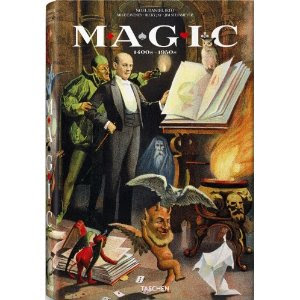‘Adventure is worthwhile in itself.’ Emelia Earhart
I am reading Dean Karnazes’ book Ultramarathon Man and am engrossed by it. Karno describes his running journey, and in particular, there was a period of 15 years 1977-1992) where he stopped running completely. Why? It was the taunting and patronizing remarks of a track coach that left him disenchanted and disenfranchised. His previous cross-country coach taught him to ‘run with your heart!’ Fortunately, Karno returned to his other love and embraced multiple marathons.
Yesterday, I ran the Youth Olympic Torch Relay – all 100 metres of it – with a motley mixture of experiences: I am still processing it. I started day 2 of my workshop for teachers, left them with permission briefly to change, ran my leg of the relay in Jurong, and then returned to teach before time the afternoon’s portion. My invited colleague and authority on product and marketing innovation, Reeves stood in amiably and admirably for the morning portion of the program – thanks mate!
Getting a stand-in to assume authority and leadership over your program demands trust, a sense of purpose, and risk – and I was fully assured with my previous working experience with him. Now, compared to that, running with a temperamental flaming torch - with darting fiery licks every now and then - imposes a sense of undue vulnerability, yet you run with it hoping that safety measures stand up to scrutiny.
I was fortunate and privileged to have received the cool-looking torch from a 14-year-old national figure skater; there was no gap between Generation X and Y, I assure you. I could sense that she was excited and nervous at the same time. She must have more breathless with 200 metres run (as she replaced the missing runner) than I. When she arrived, I was anxious as I wondered how well our rehearsal would yield the outcomes we wanted. Before you know it, the escorts to the runner gave me instructions of what to do, where to stand and how to do it. I felt that my actions were somewhat contrived and premeditated, almost marionette-like in nature until I actually held the torch exclusively.
Upon running, I felt that I regained some control over my spontaneity and expressiveness as I jogged slowly behind the camera-crew’s truck. They urged me, once, to slow down and smile; my security posse also instructed me to hold the torch higher lest the flame kissed me in a most unfortunate way. So much for spontaneity – for I may have forgotten how I looked as I held the flame away from my face (it seemed to thrive in the mild running breeze I was creating). Upon handing the torch to Mohd Dali, my Secretary of the Singapore weightlifting Federation, we enjoyed the seconds of silent, synchronicity. After our special handshake I choreographed earlier on, I bade him on his short albeit sweet journey. It would be special for him, too.
Whether I live to tell this tale of fire and water (the emblem on each of the 200 torches in existent) to my grandchildren or my friend’s grandchildren is to be decided later on. Like all first experiences, they feel unfamiliar yet exciting. It engages aspects of your personal resources that are both conscious and unconscious. Sometimes, it would be better to surrender to the leader’s instruction.
After my return from Elite Bicycles Asia today, I am committed to designing my new tri-bike. I am, essentially, a non-technical person (by preference) electing to work with the experts and deciding on collaboration. I confess I am a practical and pragmatic person. I am not into aesthetics (as my taste in fashion will attest) but into functionality. I like things that are hardy, resilient and tough – values that reflect my approach to life. I will be going through my Pantone guide and bike graphics now that I have decided that my bike frame is customized to my body and abilities – aesthetic prevailed over its potential packing challenge.
I’m sure expert bike-fitter David Greenfield (formerly from Jamaica – not the one in New York) will do a splendid job with our co-creation. I will be taking some risks with my design although it may depart from my usual sensibilities. It’s high time I got outrageous with my designs. After all, it is my bike and I am entitled to my freedom of expression. I will express myself fully at Ironman Western Australia and get the bike speed I dreamt about.
You fly with what you have when you determine the criteria of your actions. Like a 100-metre jog, you go with the flow and the instructions and, hopefully, live to tell the tale of several generations. For some, these stories could be bearing a torch for less than a minute. For another, it is an artfully handcrafted carbon bicycle. Yet, for others it is like running barefoot, and wondering how far you can wander from your home before your thirst overwhelms you…
Live well, and enjoy your beautiful weekend. I start my official duties at Singapore 2010 Youth Olympic Games tomorrow.













